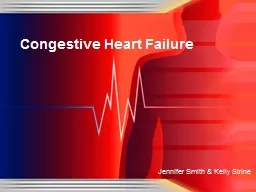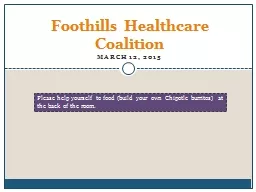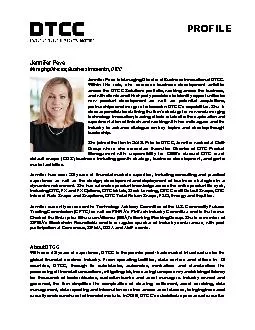PPT-Jennifer Smith & Kelly Strine
Author : debby-jeon | Published Date : 2017-04-02
Congestive Heart Failure Congestive Heart Failure Results from any structural or functional disorder that impairs the ability of the ventricle to contract and effectively
Presentation Embed Code
Download Presentation
Download Presentation The PPT/PDF document "Jennifer Smith & Kelly Strine" is the property of its rightful owner. Permission is granted to download and print the materials on this website for personal, non-commercial use only, and to display it on your personal computer provided you do not modify the materials and that you retain all copyright notices contained in the materials. By downloading content from our website, you accept the terms of this agreement.
Jennifer Smith & Kelly Strine: Transcript
Download Rules Of Document
"Jennifer Smith & Kelly Strine"The content belongs to its owner. You may download and print it for personal use, without modification, and keep all copyright notices. By downloading, you agree to these terms.
Related Documents














